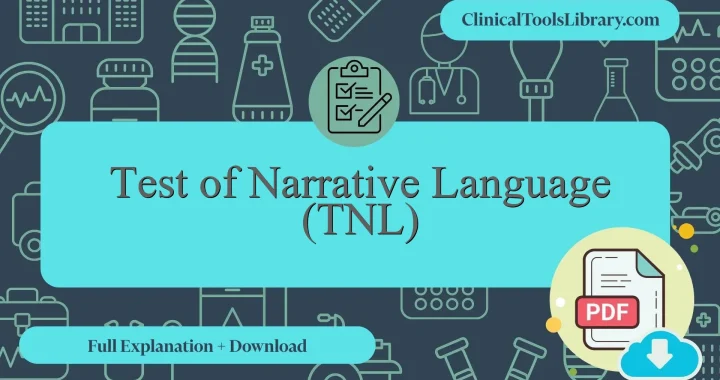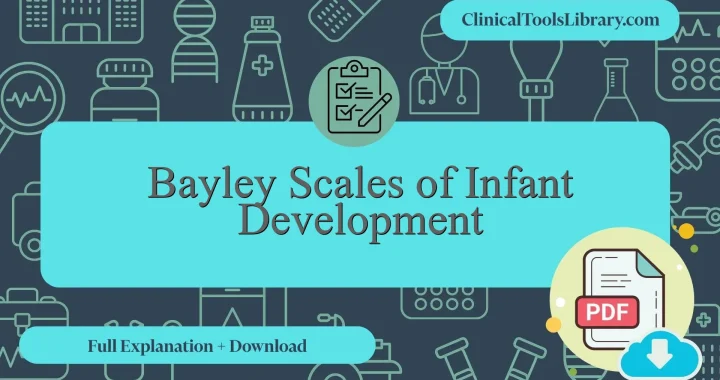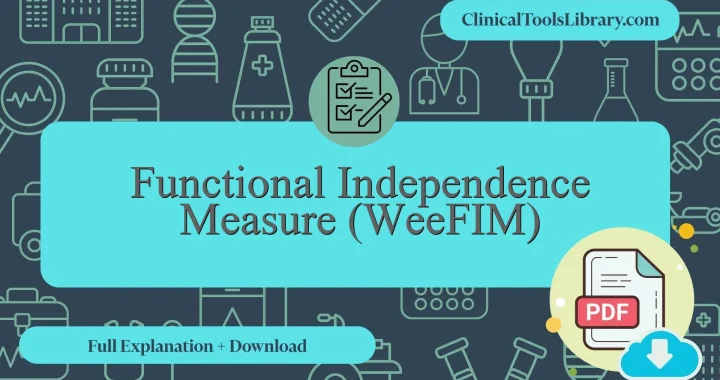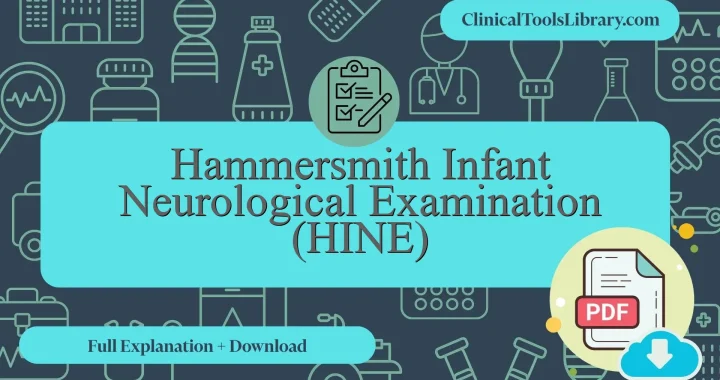In this article, we explain everything you need to know about the Test of Narrative Language (TNL). We will cover the aspects it evaluates, the target population, a detailed step-by-step explanation, and how to interpret its results. Additionally, we will dive into the scientific evidence supporting this tool (diagnostic sensitivity and specificity) in clinical assessment. You will also find official and unofficial sources available for download in PDF format.
What does the Test of Narrative Language (TNL) assess?
The Test of Narrative Language (TNL) is a standardized assessment designed to evaluate an individual’s ability to comprehend and produce narrative language, focusing on both oral and written storytelling skills. Its primary purpose is to identify deficits in language processing that may affect communication, often utilized in clinical settings to assess children with suspected language impairments or developmental disorders. The TNL measures various components of narrative construction, including story grammar, organizing principles, and the use of cohesive devices, providing detailed information on a subject’s pragmatic and linguistic competencies. The assessment is suitable across a specific age range, allowing clinicians to track developmental progress or challenges. Professionals often refer to resources such as the Test of narrative language tnl pdf or the Test of narrative language-2 manual pdf for administration guidelines and scoring protocols.
For which type of patients or populations is the Test of Narrative Language (TNL) intended?
The Test of Narrative Language (TNL) is primarily indicated for children aged 5 to 12 years who exhibit difficulties in language comprehension, narrative skills, or pragmatic language use. It is particularly valuable in assessing populations with language impairments, including those diagnosed with developmental language disorder, autism spectrum disorder, and learning disabilities. In clinical settings, the TNL is most useful for delineating specific narrative deficits that impact academic performance and social communication, enabling targeted intervention planning. Clinicians often utilize resources such as the Test of Narrative Language-2 manual pdf for administration and scoring guidance to ensure standardized assessment and reliable interpretation of results.
Step-by-Step Explanation of the Test of Narrative Language (TNL)
The Test of Narrative Language (TNL) consists of 25 items designed to assess an individual’s ability to comprehend and produce narratives. The examiner presents two story retell tasks, followed by a series of questions targeting story comprehension, sequencing, and inferencing. Questions are composed of both open-ended and multiple-choice formats, requiring verbal responses that evaluate the patient’s narrative skills. Scoring is based on the accuracy and completeness of the retell as well as the correctness of answers to comprehension questions. This assessment is appropriate for children aged 5 to 12 and is commonly utilized to identify language impairments related to developmental delays or neurological conditions such as aphasia.
Downloadable PDF Resources for Test of Narrative Language (TNL) Original & English Versions
Downloadable resources for the Test of Narrative Language (TNL) in both the original and English versions will be provided below in PDF format. These materials include the Test of Narrative Language-2 manual PDF and supporting documents to assist healthcare professionals in accurate administration and interpretation. The availability of such comprehensive resources ensures clinicians can effectively utilize the Test of Narrative Language TNL for assessment within the appropriate age range, facilitating targeted intervention planning.
How to interpret the results of the Test of Narrative Language (TNL)?
The Test of Narrative Language (TNL) results are interpreted by comparing the obtained standard scores against established reference ranges, typically with a mean of 100 and a standard deviation of 15. Scores within one standard deviation (85-115) are considered average, indicating age-appropriate narrative language skills, whereas scores below 85 suggest potential difficulties in narrative comprehension or production. For example, a score of 75 corresponds to one and a half standard deviations below the mean, signaling significant impairment that may warrant further evaluation or intervention. Healthcare professionals utilize these results to identify children at risk for language disorders or learning disabilities, facilitating targeted therapeutic strategies. The formula to calculate a z-score from a raw score is z = (X – μ) / σ, where X is the raw score, μ the mean, and σ the standard deviation, enabling clinicians to quantify the degree of deviation from normative data accurately.
What scientific evidence supports the Test of Narrative Language (TNL) ?
The Test of Narrative Language (TNL), originally developed by Renfrew in 1995 and subsequently revised, has undergone extensive validation to ensure its reliability and clinical utility. Empirical studies demonstrate strong internal consistency, with Cronbach’s alpha coefficients typically exceeding 0.90, and test-retest reliability values above 0.85, indicating stable performance over time. Construct validity is supported through significant correlations with other standardized language assessments, confirming its efficacy in measuring narrative comprehension and production. The TNL has been employed in diverse populations, including children with language impairments, autism spectrum disorder, and specific language disorder, with research affirming its sensitivity to detecting narrative deficits characteristic of these conditions. Normative data, derived from a large representative sample stratified by age, provide critical benchmarks for clinical interpretation across developmental stages. Collectively, these validation efforts underscore the TNL’s status as a robust instrument for assessing narrative language skills in both clinical and research settings.
Diagnostic Accuracy: Sensitivity and Specificity of the Test of Narrative Language (TNL)
The Test of Narrative Language (TNL) demonstrates a sensitivity ranging from approximately 0.75 to 0.85, indicating its effectiveness in correctly identifying individuals with narrative language impairments. Specificity values for the TNL typically fall between 0.80 and 0.90, reflecting a strong ability to exclude those without such deficits. These metrics vary slightly depending on the population assessed and the criteria established for diagnostic classification. Overall, the TNL provides a reliable measure for detecting narrative language disorders in clinical settings.
Related Scales or Questionnaires
The Test of Narrative Language (TNL) shares similarities with other standardized assessments such as the Clinical Evaluation of Language Fundamentals (CELF), the Narrative Language Ability Protocol (NLAP), and the Renfrew Action Picture Test (RAPT), all of which are thoroughly explained and available for download on ClinicalToolsLibrary.com. The CELF provides a broad evaluation of language skills but may lack the narrative-specific focus that the TNL emphasizes. The NLAP specifically targets narrative competence with moderate administration time, though it may not cover all age ranges addressed by the Test of Narrative Language tnl age range. The RAPT offers qualitative analysis of story grammar but requires extensive training for reliable scoring. While the Test of Narrative Language tnl pdf and Test of Narrative Language-2 manual pdf offer structured protocols and normative data, these alternative scales complement the TNL by providing diverse approaches to assess language disorders and aphasia. Each instrument carries distinct advantages and limitations in clinical applicability, sensitivity, and scoring complexity, guiding selection based on specific patient profiles and settings.
https://www.youtube.com/watch?v=OrL1jgfj2lA




